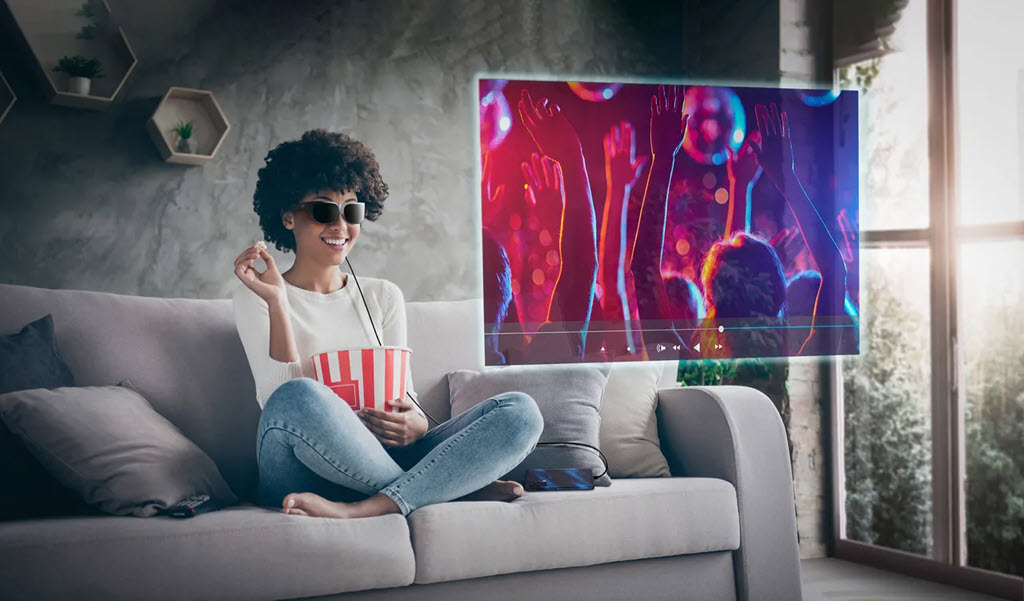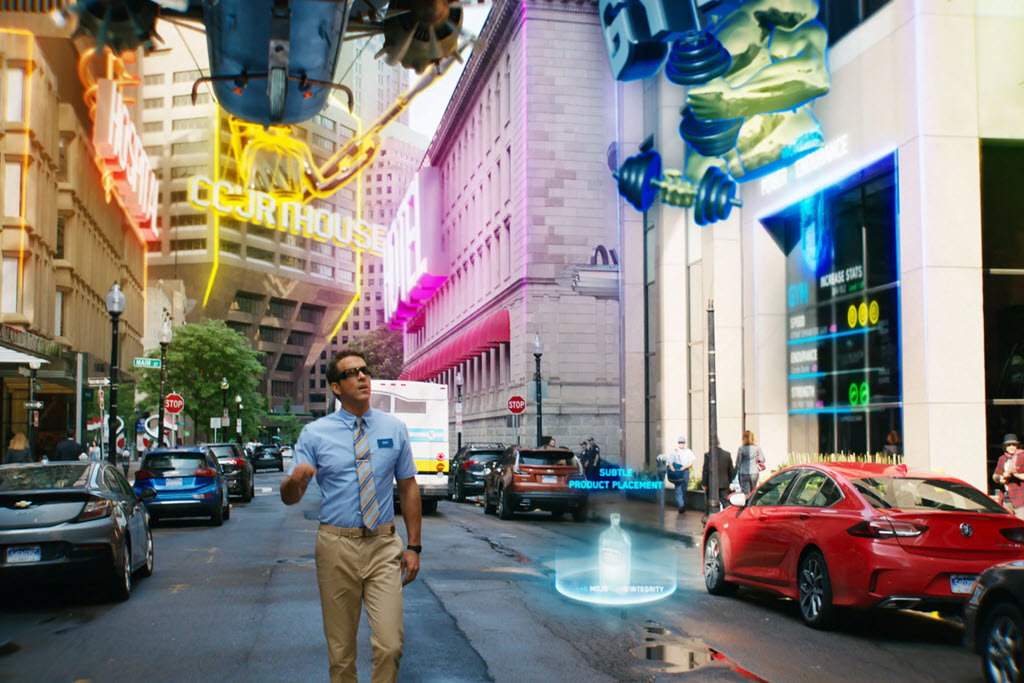
In the last article we talked about Xreal Air glasses and competitors. They look like sunglasses but when you put them on you can see a giant screen in the air a few feet in front of you, as if you’re sitting in a movie theater.
As promised, Lenovo just formally announced its own AR glasses, Lenovo Legion Glasses, on sale in October for $329. They’re promoted as companions for Lenovo’s portable gaming console but will display a large screen when plugged into other devices or computers, like the other AR glasses.
They are single purpose devices. They can display a big screen for media consumption and gaming. That’s their trick. It’s a good trick. Nothing like them has ever been available before – inexpensive, lightweight, reasonably normal looking.
There’s good news and bad news about what this means for the future of augmented reality.
The good news: that’s great! It’s the state of the art in 2023.
The bad news: that’s the state of the art in 2023.
Companies are spending billions of dollars to add technology to glasses and, well, here we are. Technical breakthroughs will be required to overcome barriers to making smarter glasses. That kind of breakthrough is unpredictable and hard to come by.
Meta is working on next-generation AR glasses, which reportedly won’t appear until 2027. Even though the glasses are four years away, Meta is already scaling back its plans because of cost and technical limitations that can’t yet be overcome.
Google has had too many plans for different glasses, including single purpose glasses that would do on-the-fly translation or provide navigation from Google Maps. Google bailed out of some of those projects and outsourced one of its AR projects to Samsung, which is having no better luck solving the technical problems. Google is quietly incorporating augmented reality into many of its products on phones and has several teams working on various types of AR glasses but there is nothing to suggest that it has any game-changing breakthroughs.
None of these projects display the type of augmented reality that will change the world. We are barely advancing on that long road. True AR will require location awareness and object tags. At the moment there is no way to pack glasses with the required processing power, cameras and sensors, battery, and lenses. Like, no way, can’t be done no matter how much money is thrown at the problem.
Two quick examples of what that means.

Did you see the movie Free Guy? Ryan Reynolds is walking down the street in the above picture, seeing AR signs on the buildings that say “Courthouse” and “Hospital.” Those signs will only appear when our glasses are aware of their location and the location of the things around them.

We have a dream that a sign will appear over people’s heads to remind us of their name. Put aside the privacy issues (there are big privacy issues). Those signs will only appear when our glasses can obtain information about objects around us that are moving around – like people.
Location awareness and object tags, miniaturization to fit glasses – these are hard problems. They are the hardest computer science and engineering problems we’ve ever faced.
When we get those glasses (or contact lenses or nanobots or whatever), the world will change.
It’s a long road. We won’t be there for, who knows, ten years? Twenty years?
In the meantime, think about watching a movie on a big screen with some high-tech glasses. You can do that today.
